Shandong Jiaotong University
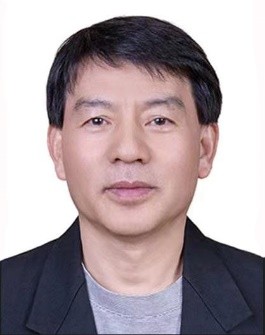
Title: Domestic High-End Industrial Software to Empower Intelligent Manufacturing
Abstract:With supercomputing entering the exascale era (1018 Floating-point Operations Per Second,FLOPS), developed countries have formulated strategic measures to engage in related research, and at the same time supercomputing is facing a new wave of huge challenges. Based on supercomputing algorithms and the supporting software they generate, this talk provides a brief introduction to data structures, parallel processing methods, data exchange, simulation implementation, etc. It also explores the application of these elements in the research and development of high-end industrial software for intelligent manufacturing-related fields.
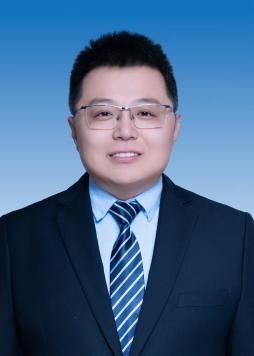
Teng Zhou
Hainan University
Title:Design, Fabrication, and Energy Harvesting Mechanism of Multiphysics-Coupled Composite Membranes for Salinity Gradient Energy in the South China Sea
Abstract:Salinity gradient energy (SGE), as an abundant renewable ocean energy resource with a theoretical power potential of 2.6 TW, holds significant importance for advancing the sustainable development of the marine economy. However, existing technologies face substantial challenges, including pronounced concentration polarization in nanochannel membranes, high costs of two-dimensional (2D) materials, and the difficulty in balancing power density with energy efficiency. To address these challenges, a collaborative research team from Hainan University and the Technical Institute of Physics and Chemistry, Chinese Academy of Sciences, leveraged the specific salinity gradient characteristics at the estuaries of Hainan Island, conducting a comprehensive study spanning fundamental design, composite membrane fabrication, to device assembly. Utilizing the principles of continuum mechanics and the Poisson-Nernst-Planck (PNP) equations, the research systematically elucidated the ion transport dynamics within nanochannels, revealing the correlation mechanism between key channel parameters and the power density of energy capture. Employing core micro/nano-fabrication technologies, high-performance biomimetic nanochannel membranes based on MXene/CMC-Na and GO/sodium alginate composites were successfully fabricated. Experimental validation demonstrated their exceptional ion transport capability, achieving a high power density of 19.39 W/m² under a seawater/river water gradient. Through the innovative coupling of multiple physical fields—the light field (photothermal effect), temperature field (asymmetric temperature gradient), and chemical field (proton diffusion driven by acid-base reactions)—synergistic light-heat-ion co-transport was realized. This approach broke through the energy conversion limits imposed by traditional methods and enabled enhanced efficiency via multi-physics field synergy. Building on this foundation, advanced material integration and device assembly techniques were applied to optimize and construct high-efficiency SGE nanochannel membranes and energy harvesting devices. Starting from the fundamental flow control mechanisms at the micro/nano scale, this study provides a novel composite material system, a precise numerical computational model, and an efficient multi-field synergistic enhancement strategy—collectively offering a pathway to surpass the industrial application power density threshold for SGE (5 W/m²). The research outcomes possess significant practical value for promoting the development and utilization of marine renewable energy in the South China Sea region and the industrial applications of SGE technology. Furthermore, they directly contribute to advancements in precision manufacturing, micro/nano manufacturing, novel sensor materials & manufacturing technologies, as well as sensor and detection technologies.
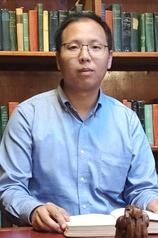
Xiangjie Kong
Zhejiang University of Technology
Title:Spatio-Temporal Graph Learning based Urban Big Data Analysis and Applications
Abstract:A modern city is a ternary space that contains the physical world, human society, and information space. Urban big data is the foundation of urban travel intelligence. Based on urban big data, the accurate description of travel information in cities is the premise of forecasting/warning and decision-making assistance. Spatio-temporal graph learning having been extensively used in urban travel profilling in recent years, proves effective for many tasks in real-world applications, such as regression, classification, clustering, matching, and ranking. Spatio-temporal graph learning brings new idea to solve the challenges for smart transportation, improve the efficiency of urban resource utilization, optimize urban management and services, and improve residents' lives quality towards smart cities. This report will explore the research frontiers of spatio-temporal graph learning-based urban travel profiling, traffic data mining and analysis and its application in intelligent transportation systems, and introduce some related work.
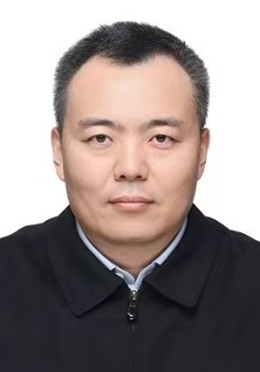
Huaan Detection Group Co., Ltd.
Title:From Precise Detection to Intelligent Warning, Building a Safety Barrier for the Entire Lifecycle of Urban Infrastructure
Abstract:The engineering testing industry faces pain points such as long reporting cycles, difficulty in cross departmental collaboration, data silos, and extensive resource scheduling.
Hua'an Testing Group proposes innovative solutions:
1. Engineering testing: Throughout the entire construction cycle, ensuring the authenticity of data (such as government approval support and customized testing by owners).
2. Assessment and consultation: Reduce risks such as hollowing, cracking, and leakage, and provide specialized services for leak prevention and safety.
3. Health monitoring: Real time monitoring of building structural safety (such as bridge and subway tunnel monitoring systems).
4. Construction insurance: The "insurance+service+big data" model assists the government in establishing a long-term risk management mechanism.
Future direction of Hua'an Testing Group
1. Technical research and development: deepen the application of AI, big data and edge computing (such as structural damage prediction and risk early warning).
2. Urban lifeline: Expand safety monitoring of infrastructure such as water supply, heating, drainage, and gas.
3. Ecological Co construction: Collaborate with universities, insurance companies, and governments to build a full lifecycle security system.
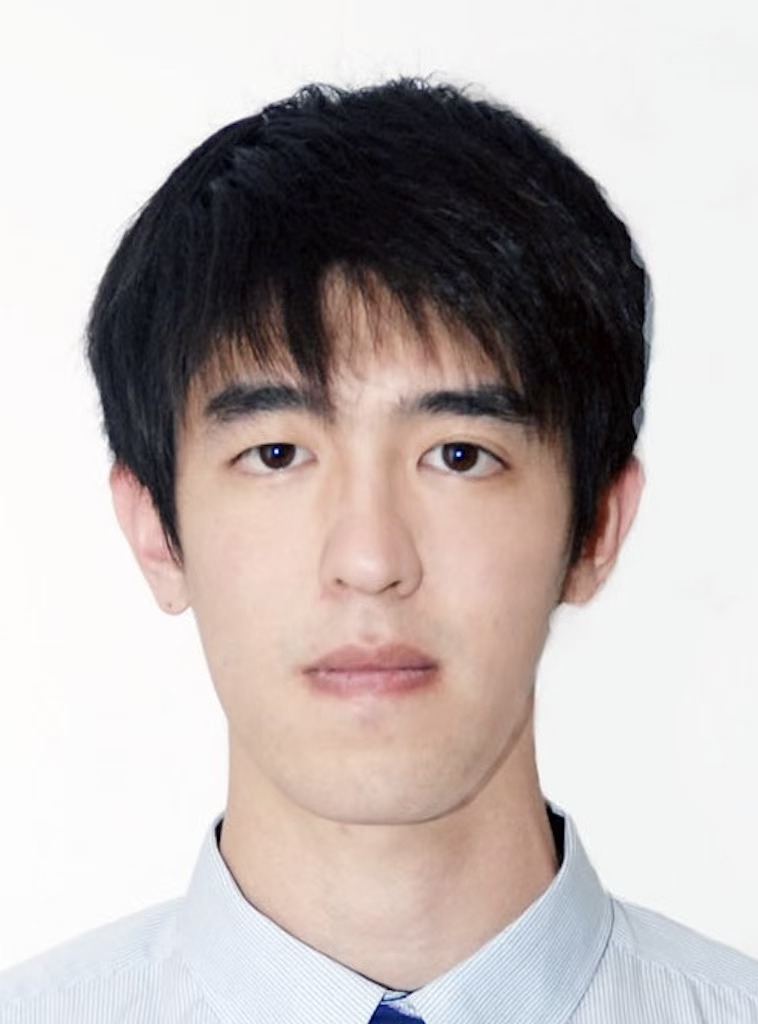
Shandong Inspur Intelligent Energy Technology Co., Ltd.
Title:Computing Power, Artificial Intelligence, and Energy
Abstract: The rise of generative artificial intelligence and the expansion of data centers have driven a surge in computing power. Coupled with growing user scale, this has significantly increased electricity demand. To address energy consumption constraints and accelerate the low-carbon transition, China has implemented advanced models such as microgrids, integrated generation-grid-load-storage systems, and virtual power plants. These are coupled with mechanisms like direct green power procurement and green electricity-certificate trading, substantially increasing the share of green power used in data centers and enhancing system resilience. Meanwhile, artificial intelligence can provide the power sector with intelligent forecasting, load dispatching, and equipment optimization services, thereby improving the coordination efficiency of generation-grid-load-storage, reducing energy consumption, and enabling the flexible integration of renewables. This establishes a synergistic mechanism of computing power, algorithms, and energy.
